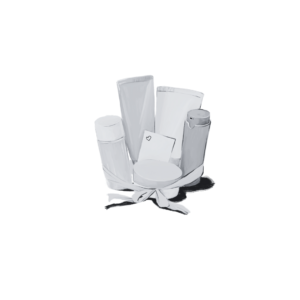Description
A Master of Fine Arts (MFA) in Fine Arts is an advanced degree that emphasizes individual artistic development, critical thinking, and professional practice in various areas of visual and performing arts. This program is designed for artists seeking to deepen their creative skills, engage in focused research, and prepare for careers in the arts, academia, or other related fields.
Curriculum Overview
The curriculum for an MFA in Fine Arts typically includes a combination of studio work, critiques, theoretical studies, and professional practice. While specific courses may vary by institution, here are common components and areas of focus found in this program:
Core Components
Studio Practice:
Intensive studio work allowing students to explore and develop their artistic style, techniques, and concepts within their medium of choice (e.g., painting, sculpture, photography, mixed media).
Critique and Review:
Regular group critiques with peers and faculty to facilitate constructive feedback, enhance critical analysis skills, and refine artistic processes.
Art Theory and History:
Studies in art theory and history to provide context for contemporary practices, exploring influential movements, philosophies, and cultural considerations.
Research Methods:
Courses that focus on research strategies for art practice, including conceptual development, art criticism, and exploration of contemporary issues.
Professional Development:
Preparing students for careers in the arts through workshops on portfolio development, exhibition preparation, grant writing, and networking in the art community.
Interdisciplinary Collaboration:
Opportunities to collaborate with students from other disciplines, such as design, literature, and performance, to encourage innovative approaches to art-making.
Independent Projects:
Development of independent projects that reflect personal artistic goals, allowing for in-depth exploration and experimentation.
Thesis Project:
A culminating project typically involves creating a significant body of work that demonstrates the mastery of artistic techniques and concepts. This project often requires a written component, such as an artist statement or thesis paper.
Career Opportunities
Graduates with an MFA in Fine Arts have various career options in the creative and academic fields, including:
Professional Artist: Exhibiting and selling artwork in galleries, fairs, and online platforms, while pursuing individual projects and commissions.
Art Educator: Teaching visual arts at the high school or college level, sharing skills and knowledge with aspiring artists.
Curator: Working in galleries or museums to organize exhibitions, manage collections, and engage with the community.
Art Director: Leading creative teams in advertising, publishing, or media, guiding the visual aspects of projects.
Art Consultant: Advising businesses and collectors on art acquisitions, exhibitions, and art investment strategies.
Art Therapist: Utilizing art as a therapeutic tool to support mental health and wellness, often requiring additional certification or training.
Creative Director: Overseeing projects in advertising, marketing, or media, ensuring cohesive visual identity and messaging.
Independent Scholar or Critic: Writing about art, contributing to publications, and engaging in discourse around contemporary art practices.
Further Education
While an MFA is typically considered a terminal degree in the visual arts, graduates may opt to pursue additional education in specialized areas such as art therapy, education, or even PhDs in art history or arts administration for those interested in academic or administrative roles.
If you have any questions about the Master of Fine Arts in Fine Arts program, potential career paths, or related topics, feel free to ask!









